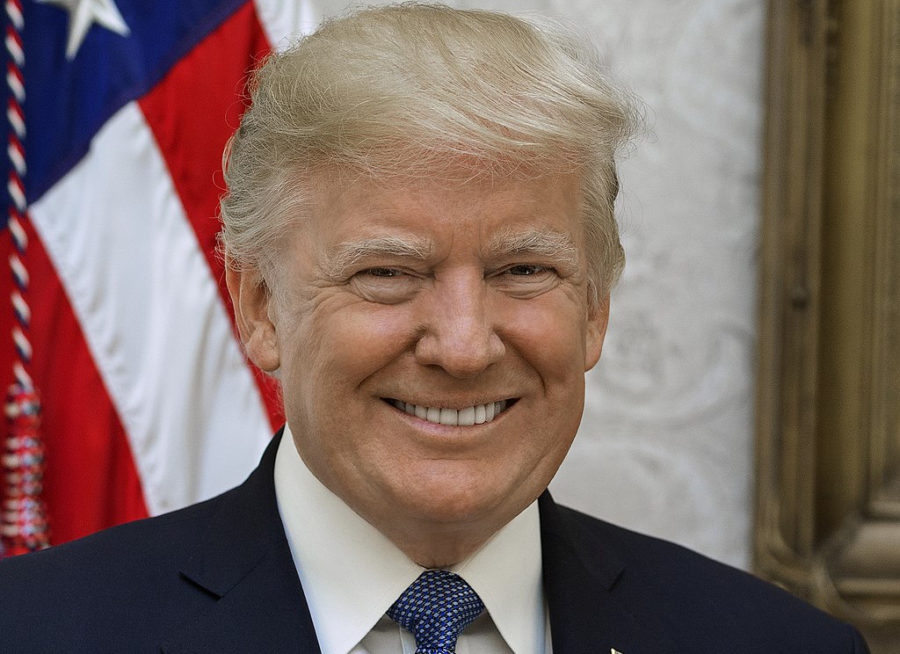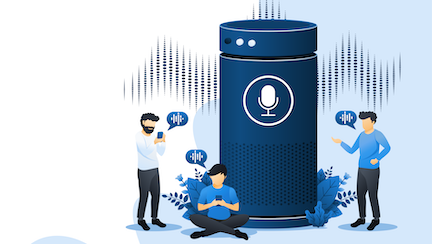
Our Content Strategist-in-Chief. Donald Trump.
Whatever you want to say about Donald Trump, one thing can’t be denied, he is incredibly savvy with engaging media.
Yes, I know looking at a man who tweets with typos, wears orange (mascara?) on his face and a sports a way too-long tie and an oversized suit that makes his expensive clothes look cheap, the word savvy seems out of place.
In terms of his understanding media, the economics of attention media and mastering media cycles, I’ll borrow a word from a former US president. Trump is greatly “misunderestimated.”
Part of President Trump’s savvy comes from having the qualities of a con artist (and many marketers).
His particular skill: being adept as spotting and emotionally reading marks (in the con game: marks are also known as suckers, stooges or gulls) and knows how to signal alignment with their feelings, fears and create bonding moments of trust.
Building trust is important to a con-artist, because it is the engine that makes people give you something they hold valuable with enthusiasm instead of having to steal it from them yourself.
It’s also important for a con-man (and marketers) to teach the mark to ignore sources of evidence and opinion outside what the con artist provides.
In fact, the same signals or actions by Trump some sneer at, call out or laugh at are the same ones that serve to keep his followers loyal and part of his base. The signals say, “I’m real. And those neatly dressed, stylish people are not.”
Trump’s rough edges, boorishness and “political incorrectness” are features, not bugs, to his core audience.
He understands this. They signal and prove how “real” and “authentic” he is. Because of it, some of his fans would say, “He tells it like it is” or, “He says what I’m thinking.”
For a content strategy this is no different than understanding the right voice and tone for your audience. In this case, it’s his base who distrust the kind of people who try to look traditionally savvy or “act like a politician” or even use 50-cent-words that are associated with elite colleges.”
Trump (The executive producer of The Apprentice) understands the power of social signals, managing perception and the power of non-traditional media.
Over decades, Trump learned to understand media. A skill he reportedly used while in New York to repeatedly call us local newspapers and tabloids claiming to be press agents John Barron and John Miller in order to “leak” stories about Donald Trump (the Johns’ true identity) to get his name in the papers.
Donald Trump also knows what every successful reality show star from Lauren Conrad to Chip and Johanna Gaines knows: be a brand above all else. Power, wealth and fame follow.
Trump’s power and relationship to content comes from being a brand.
When people are able to cultivate a brand people like, they can then use the clout and familiarity to leap logic and create perceived expertise, charisma and influence to sell a line of clothes, cologne, home goods, whatever.
Just as Disney has used its brand to sell a line of golf clubs (WTF? Nothing says I’m a serious golfer more than Mickey Mouse), Trump has done this same with steaks, Donald J. Trump clothes, a school. The list goes on.
A brand is essentially the idea of what people say about you when you’re not in the room. While I personally would put most of the following descriptions in air quotes, for his followers, that brand for Donald Trump is success, elegance, business acumen and toughness.
Along with brand, Trump understands that brands must be in sync with the messaging and content that supports them. That’s where Trump’s content strategy comes in.
Why Donald Trump is a content strategist.
He follows the full cycle of a content strategist, particularly in the area of content marketing to support his brand. That includes planning, creating, measuring, distribution and content governance.
Some examples.
Content strategy: planning.
Based on the story or where the news cycle is going, he clearly works on crafting responses to influence or purposely disrupt the daily media cycle (a.k.a. that phone notification that makes you say, “F^ck. What did he do now?” Based on his reported TV watching, that’s a lot of what he does.
Content strategy: create.
Trump’s former Chief of Staff Reince Priebus called the presidential bedroom , the place where Trump’s Twitter account is most prolific, ”the devil’s workshop.” Timing wise, Priebus calls Trump’s early mornings and Sunday nights, “the witching hour.”
Trump creates the tweets most of us start hearing about early in the day. The time he tweets is not random. It’s to get picked up by the cable news stations early enough so they talk about it as soon as we get up for coffee. As the news outlets repeat it and talk about it all day, Trump gets to hijack the news cycle.
Creating tweets go a long way.
And the president believes he’s good at it. Politico quoted Trump as saying someone called him the “Ernest Hemingway of 140 characters.” As Trump appears to enjoy the artistic and esthetic component of content creation, journalist and author of Fear: Trump in the White House, Bob Woodward reveals that Trump wasn’t thrilled when Twitter bumped the tweet character limit from 140 to 280 characters.
Content strategy: measuring and analyzing content.
According the Bob Woodward’s book Fear: Trump in the White House, Trump orders his team to print out his tweets so that he can post them on the wall in order for him to re-read and study them (also because he doesn’t know how to use a computer). Particularly tweets that get high traffic and media attention. He reviews them for what works and how to make them better.
Content strategy: Content governance
Trump removes old content. For example, knowing that content in his old Vlog (which talks about many things his current positions contradict) was “off brand,” Trump deleted a lot of the content. See the Cracked YouTube video that talks about Trump’s old Blog.
Based on this process. Trump is always adapting content. Getting feedback from his base (his television watching, tweets, and rallies) Looking for content gaps. Areas that he can use to create tempting content interaction.
CONTENT STRATEGY CONSULTING
Content strategy is defining today’s successful business and leaving those too slow behind. Looking for more ideas and strategies around content marketing and delivering satisfying digital experiences for your brand, website or mobile application contact me for a free consultation.































